Breaking News: Space Debris Hits Close to Home
A recent incident involving a Boeing 737 that was forced to make an emergency landing after a mysterious object cracked its windshield has brought attention to the growing risk of flights being hit by space debris. According to the European Space Agency, about three pieces of old space equipment fall into Earth's atmosphere every day, with estimates suggesting that by the mid-2030s, there may be dozens. This increase is linked to the rapid growth in the number of satellites in orbit, which is expected to reach 100,000 in a decade, up from the current 12,900 active satellites.
The incident occurred on October 15th, when a packed Boeing 737 was cruising at 36,000 feet above Utah. Although the exact cause of the damage is still unknown, speculation online suggested that the plane may have been hit by a piece of space debris. While this speculation turned out to be unfounded in this particular case, it highlights the growing concern about the risk of space debris impacting commercial flights.
The immediate impact of this incident is being felt by the aviation industry, which is already taking steps to minimize the risk of orbital collisions. Satellite operators are guiding old satellites to burn up in the atmosphere, a process known as de-orbiting, to reduce the risk of collisions. This process is expected to become more widespread as the number of satellites in orbit continues to grow.
The background context for this growing concern is the increasing number of satellites being launched into orbit. With the rise of satellite constellations, such as those proposed by companies like SpaceX and Amazon, the number of satellites in orbit is expected to skyrocket. This has raised concerns about the potential for collisions and the resulting risk to commercial flights.
As the number of satellites in orbit continues to grow, the risk of space debris impacting commercial flights is likely to increase. To mitigate this risk, the aviation industry is working closely with satellite operators to develop new technologies and procedures for detecting and avoiding space debris. This includes the development of new radar systems and advanced navigation software.




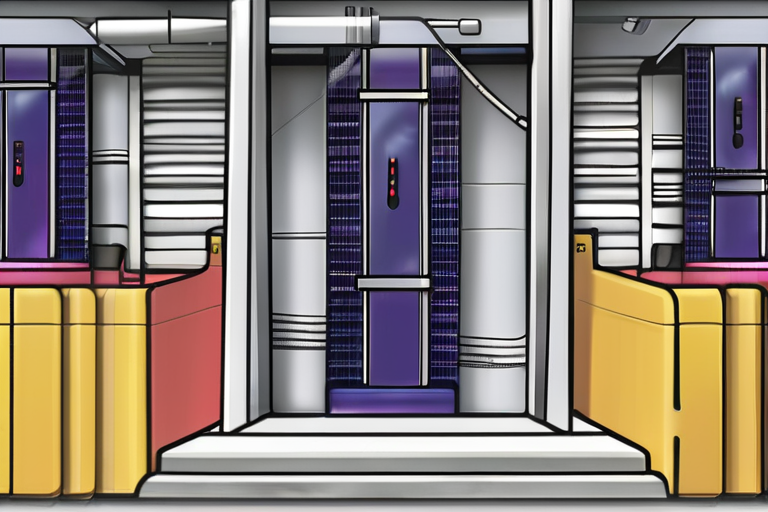

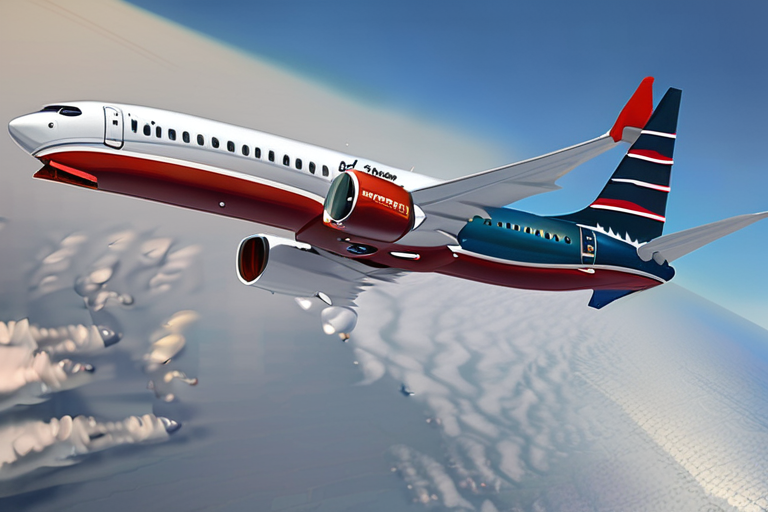
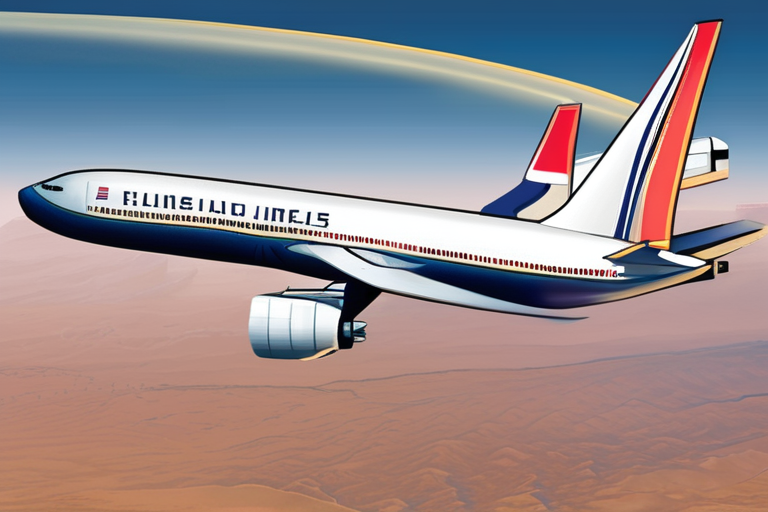

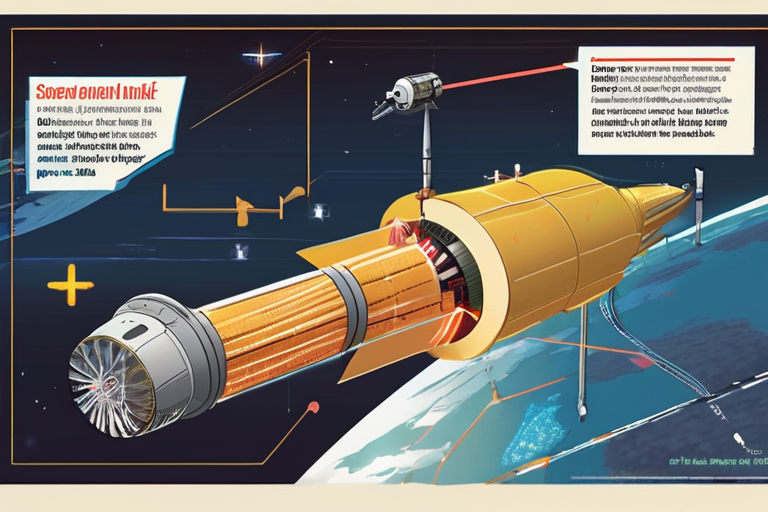

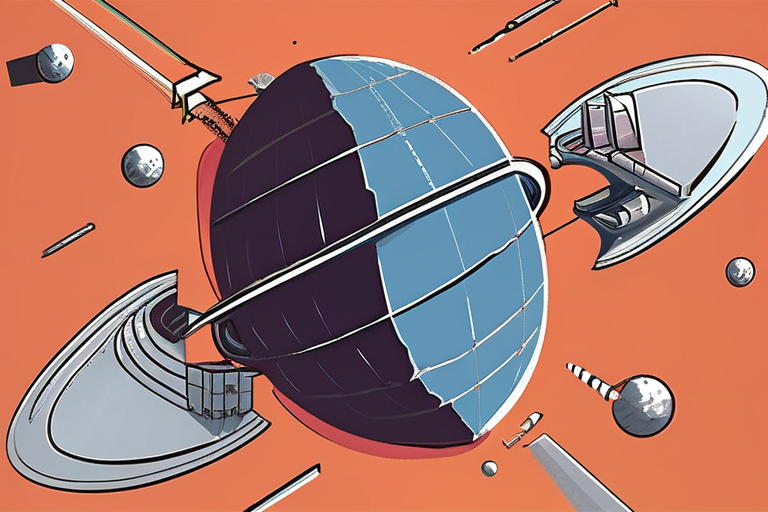

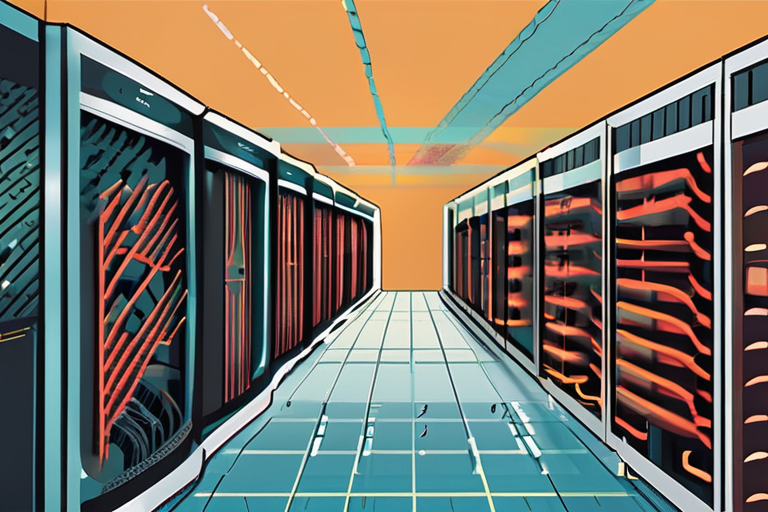








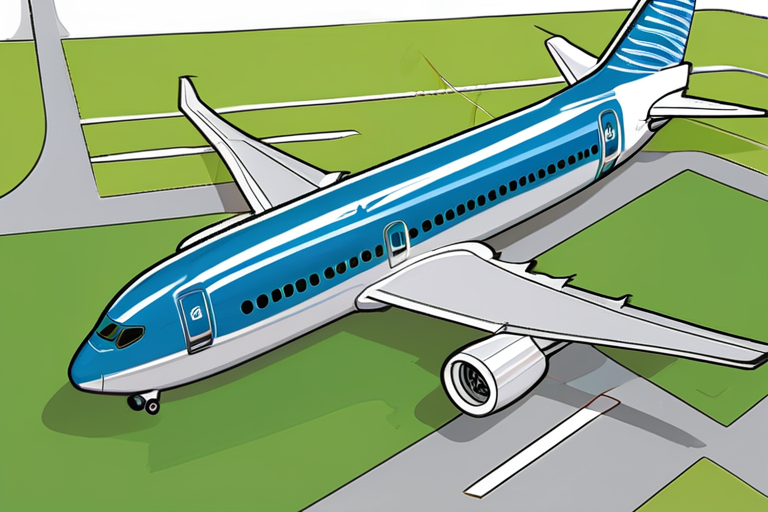




Share & Engage Share
Share this article